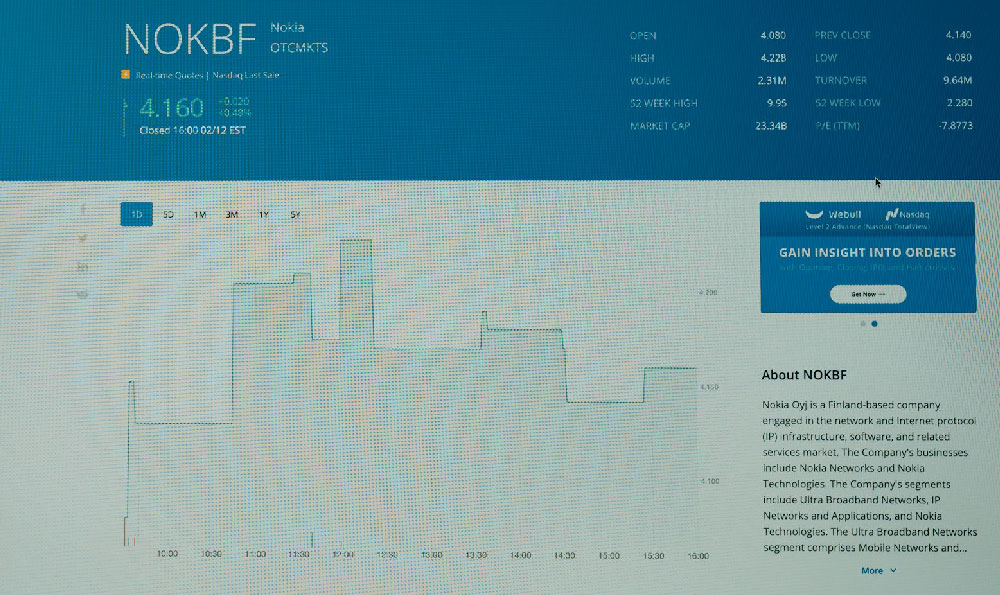
Fortnite, the behemoth of the battle royale genre, isn't just a popular game; it's a financial juggernaut. Estimating its daily revenue is complex, as Epic Games, its developer, is a private company and doesn't release granular, day-to-day figures. However, industry analysts and market research firms provide insights that allow us to construct a reasonable estimate and understand the multifaceted strategies behind its immense profitability.
Pinpointing an exact daily figure is elusive, but based on reports from various financial analysis companies over the years, during peak seasons and events, Fortnite has been estimated to generate anywhere from $3 million to over $5 million per day. Keep in mind this number fluctuates significantly depending on various factors, including the game's current season, ongoing promotions, the release of new and sought-after cosmetic items, and even the time of year. The game benefits from spikes in revenue during holidays and school breaks when more players have free time. Also, the game's popularity ebbs and flows, so daily income may vary over the course of the year.
The question then shifts to how Epic Games has engineered this financial success. The answer lies in a sophisticated blend of free-to-play accessibility, irresistible cosmetic items, innovative seasonal content, and strategic partnerships.

The cornerstone of Fortnite's success is its free-to-play (F2P) model. This removes the initial barrier to entry, allowing anyone with a compatible device to download and play the game. This massive accessibility fuels a huge player base, which then becomes the fertile ground for monetization. Instead of charging upfront for the game, Epic Games focuses on enticing players to spend money on optional in-game items. This contrasts sharply with traditional video game sales models where a purchase is required before play. This model has its own challenges; players are more likely to churn (stop playing) if the core gameplay isn't compelling, which is why Epic Games has invested so heavily in continuous content updates.
The primary driver of revenue is the sale of V-Bucks, the in-game currency. Players purchase V-Bucks with real money and use them to buy cosmetic items like character skins, emotes (dances and gestures), gliders, and weapon wraps. These items don't affect gameplay – they're purely aesthetic. However, the desire for self-expression and the fear of missing out (FOMO) drive significant purchases. Scarcity plays a large role, and the items available in the Item Shop rotate regularly, creating a sense of urgency. This rotation encourages players to buy items they like immediately, fearing they may not return for a long time. This encourages both impulse purchases and planned purchasing behavior.
The game's seasonal structure is another key element. Each season introduces a new theme, map changes, challenges, and a Battle Pass. The Battle Pass is a tiered reward system where players earn cosmetic items and other goodies by completing in-game challenges. While a free version of the Battle Pass exists, the premium version, which requires a V-Buck purchase, offers significantly more rewards, incentivizing players to spend money. The seasonal structure keeps the game fresh and engaging, enticing players to return and invest in the new content. Each new season acts as a soft reset, drawing players back in and reigniting their desire to collect the latest skins and accessories.
Another major factor in Fortnite’s financial dominance is its constant evolution and ability to stay culturally relevant. Epic Games regularly introduces new game modes, weapons, and mechanics, keeping the gameplay fresh and preventing it from becoming stale. The company also actively collaborates with popular brands and personalities, creating in-game events and skins based on movies, TV shows, music artists, and even other video games. These collaborations attract new players and generate buzz, further fueling revenue. For example, partnerships with Marvel and Star Wars have been incredibly successful, bringing in fans of those franchises who may not have otherwise been interested in Fortnite. This constant influx of new content and collaborations ensures that the game remains in the spotlight and continues to attract both new and returning players.
Beyond in-game purchases, Epic Games has also diversified its revenue streams through esports. Fortnite has a thriving competitive scene, with tournaments offering substantial prize pools. While Epic Games doesn't directly profit from tournament winnings, the esports scene generates significant viewership and engagement, further promoting the game and driving in-game purchases. The esports ecosystem also attracts sponsorships and partnerships, providing additional revenue streams. This strengthens the game's community and helps to maintain its relevance.
Finally, Epic Games' commitment to community engagement is crucial. They actively listen to player feedback and incorporate it into the game, showing that they value their player base. Regular updates address bugs, improve performance, and introduce new features based on community suggestions. This fosters a sense of ownership and loyalty among players, encouraging them to continue playing and spending money on the game. This responsiveness to player feedback is a critical differentiator, building long-term loyalty and reinforcing the game's appeal.
In conclusion, while pinpointing an exact daily revenue figure for Fortnite is challenging, its earnings are undeniably substantial. The success of Fortnite is not a result of a single factor, but rather a carefully orchestrated combination of a free-to-play model, enticing cosmetic items, a dynamic seasonal structure, strategic partnerships, and a strong commitment to community engagement. This multifaceted approach has transformed Fortnite from a simple video game into a cultural phenomenon and a financial powerhouse.





